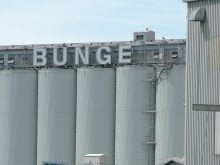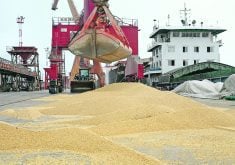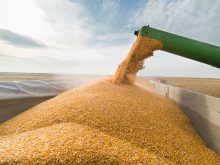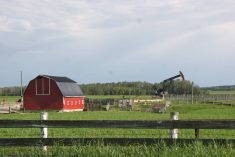Feed barley supplies are drying up on the western Prairies as drought and producer psychology shrivel sales.
Even as prices rise, there are fewer producers taking advantage of them.
“Until most guys see their crop (this year), they’re not willing to sell their old crop,” said Alberta Agriculture grains market analyst Charlie Pearson.
Jeff Warrack, president of the Alberta Cattle Feeders Association, said farmers are also hoping the price keeps going up.
“Guys don’t want to sell,” he said.
“Until the prices level out and farmers feel more assured they’re getting the best price they possibly can, they’ll hold back. It hasn’t been high enough long enough.”
Read Also
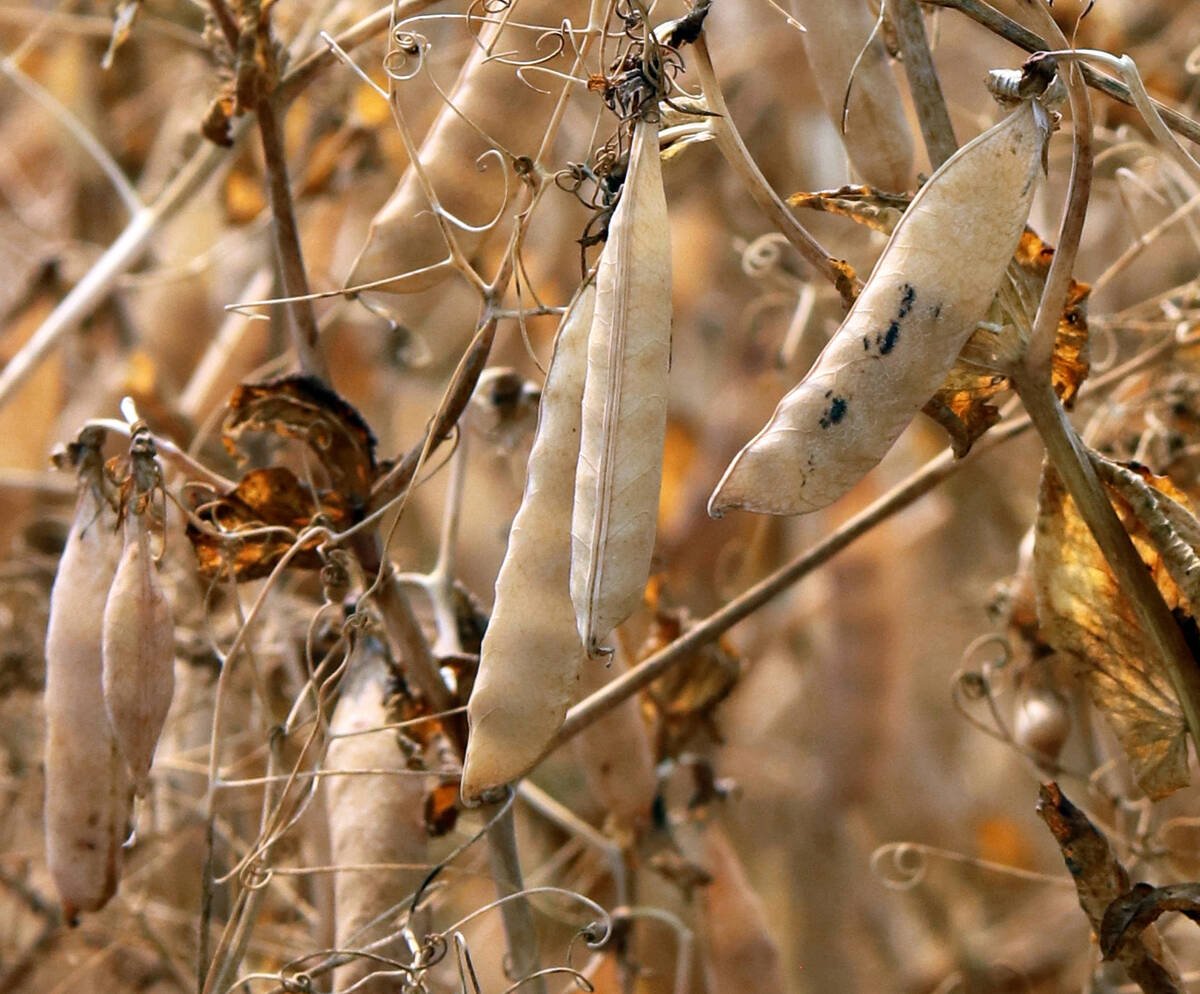
Trump’s tariffs take their toll on U.S. producers
U.S. farmers say Trump’s tariffs have been devastating for growers in that country.
Barley has risen from $145 per tonne to almost $160 this summer as drought reduced production in the major consuming region of southern Alberta and Saskatchewan.
Barley futures prices leaped last week as the drought continued and cattle feeders started seeking supplies.
“It was just panic buying from the feedlots this week,” said market analyst and broker Errol Anderson.
“They really did get spooked.”
Warrack said cattle feeders aren’t as worried about increasing prices as they are about supply.
“We’ve cleared up all the areas that are close to home,” Warrack said.
Feeders are now looking to other parts of the Prairies and the United States to access feed. Increased feed prices will be reflected in lower bids for feeder cattle, Warrack said.
Anderson said downward price pressure on feeders will soon arrive.
“Within the next two weeks I expect to see the feeder cattle bids start to drop due to the drought,” he said. “These pretty good looking feeder prices that we’ve seen for a long, long time could start to break lower, because there’s just no feed to support them.”
Anderson said producers short on feed will be cutting back herd size and shipping calves early.
“I think we’ll see a lot of animals placed in September.”
Cow prices have already dropped, he said.
“The cow-calf guys have sidestepped this for a long time and it’s always been the feedlot finishing side that has gone plus margins and negative margins,” said Anderson.
Now backgrounders will probably be hit.
“The pinch is coming right in front of us. They can’t get feed even if they can afford it.”
Bad growing conditions also prompted the Canadian Wheat Board to bump its Pool Return Outlook for Canada Western Feed Barley from $149 to $160.
It was the first time the board had ever released a mid-month revision, revealing how seriously the drought is affecting the barley crop. It allows the board to be choosy with markets.
“We’ll be focusing exclusively on the high pool return markets like Japan,” said board spokesperson Justin Kohlman.
High barley prices have sucked corn into southern Alberta and Warrack expects to see the corn flow continue.
Pearson said corn will work as a substitute as long as barley supply is short, or if barley’s price moves more than corn’s.
“If you push the price of barley too high, you’ll push people to corn.”





